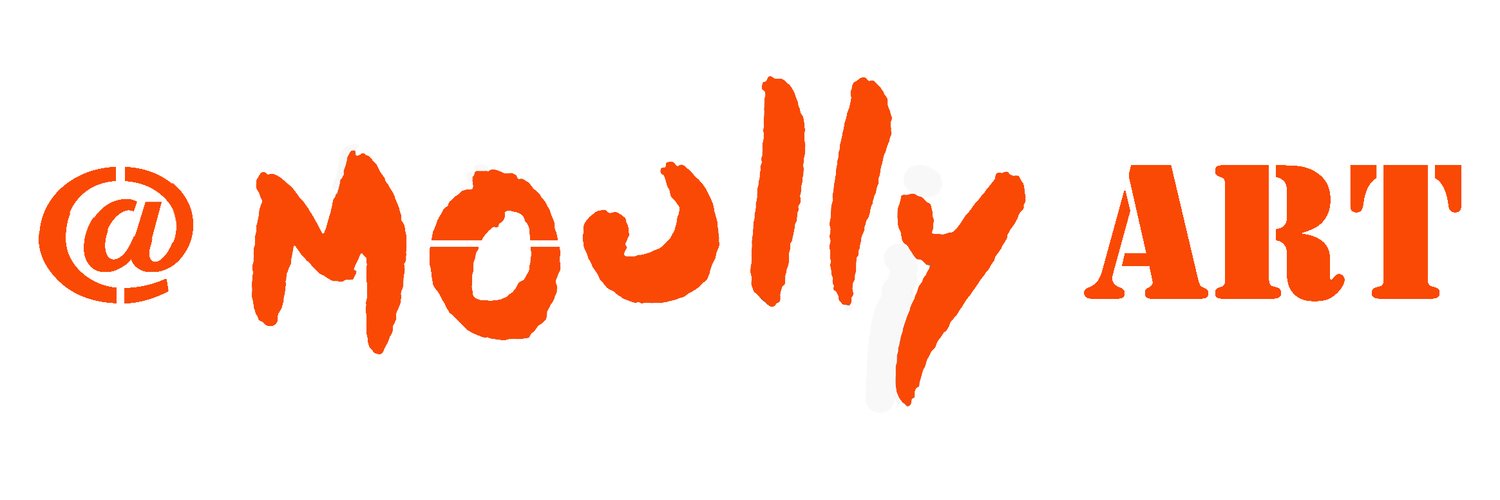Rabbi’s pop art stands out and connects
By Kelsey Dayton Mar 26, 2014
Orange socks don’t immediately come to mind when you think of an orthodox Chassidic rabbi. But that’s kind of the point for artist and rabbi Yitzchok Moully.
One of his images shows a line of people dressed in black. But one person is wearing orange socks. That perfectly embodies Moully’s relationship to his religion.
“You don’t need big dreads or tattoos to define individuality,” he said. “In truth Judaism really asks of us to find ourselves within the experience. It’s not about being a carbon copy. It’s asking us to find personal meaning within Judaism.”
Moully will talk about his work — which involves screen-printing images on brightly covered canvases — and how it relates to his spirituality and religion at a public event Thursday in a private home in Wilson.
To receive directions to the home to attend, RSVP by calling 307-462-0847. The limited-seating event hosted by the Chabad Jewish Center will feature kosher wine and hors d’oeuvres.
Moully said Jackson, a community surrounded by natural beauty, will be the perfect place to show his work and talk about how his art reflects his faith and fosters connection.
“The world around us is a tool and opportunity for us to connect to the divine in all forms,” he said.
Moully was born in Australia to what he describes as “hippy parents.” They moved to Brooklyn, N.Y., when he was 5 and lived in a Chassidic community. While Moully never had formal art training, he was always passionate about photography and found it was an outlet for self-expression.
“Yet sometimes it was a little too real, too clean,” he said, “and there wasn’t much room for interpretation.”
About 10 years ago he discovered silk-screen printing, which allowed him to paint a canvas in bold colors then take his photographs — some of which are candid, others are staged — edit them to fit his vision and print them on the canvas. The result is a contemporary image in a style Moully calls Chassidic pop art.
Moully, a youth rabbi in New Jersey, sees his work as a way to share his view of the Chassidic lifestyle, which to some people seems rigid.
“There’s so much color on the inside,” he said. “There’s so much personality. It really is an approachable way of life.
“I want my work to be a conversation piece. It’s not your grandparent’s Chassidic art. It’s a way for contemporary Jews and contemporary Americans to connect with each other.”
Some of his work combines traditional Chassidic objects with contemporary secular ones. Chabbat candlesticks, for example, which can be handed down generations in a family, are on the same canvas as a Zippo lighter. A Kiddush cup is next to a martini glass. And there’s also a picture of a Torah next to an e-reader.
“It’s relatable,” he said of his work. “It’s connectable. It’s understandable. You can find meaning in it. But it’s not high-brow and aloof.”
There are images of dreidels and traditional dancing, all done in bright colors simply because Moully likes the palette.
As much as he is a member of a religious community that dates back hundreds of years, he’s also a contemporary artist.
“I see what I do as an extension or a broadening as my role as a rabbi,” he said.
People have preconceived assumptions about how a rabbi will act or what he will say. They might not feel comfortable approaching a spiritual leader. Art changes that and allows Moully to start a dialogue in a different way.
“Coming from art, [the conversation] is a lot less threatening,” he said.
He once asked his own rabbi if he was devoting too much time to his art.
“He said we have a responsibility to use our gifts to connect with God and connect with each other and enhance humanity,” Moully said. “Everything should be used as a medium to lead a more meaningful life.”
Moully hopes his work challenges, broadens or empowers ideas about faith and religion. He hopes it makes people smile and brings them joy.
Those are the same reasons why he wears orange socks.

